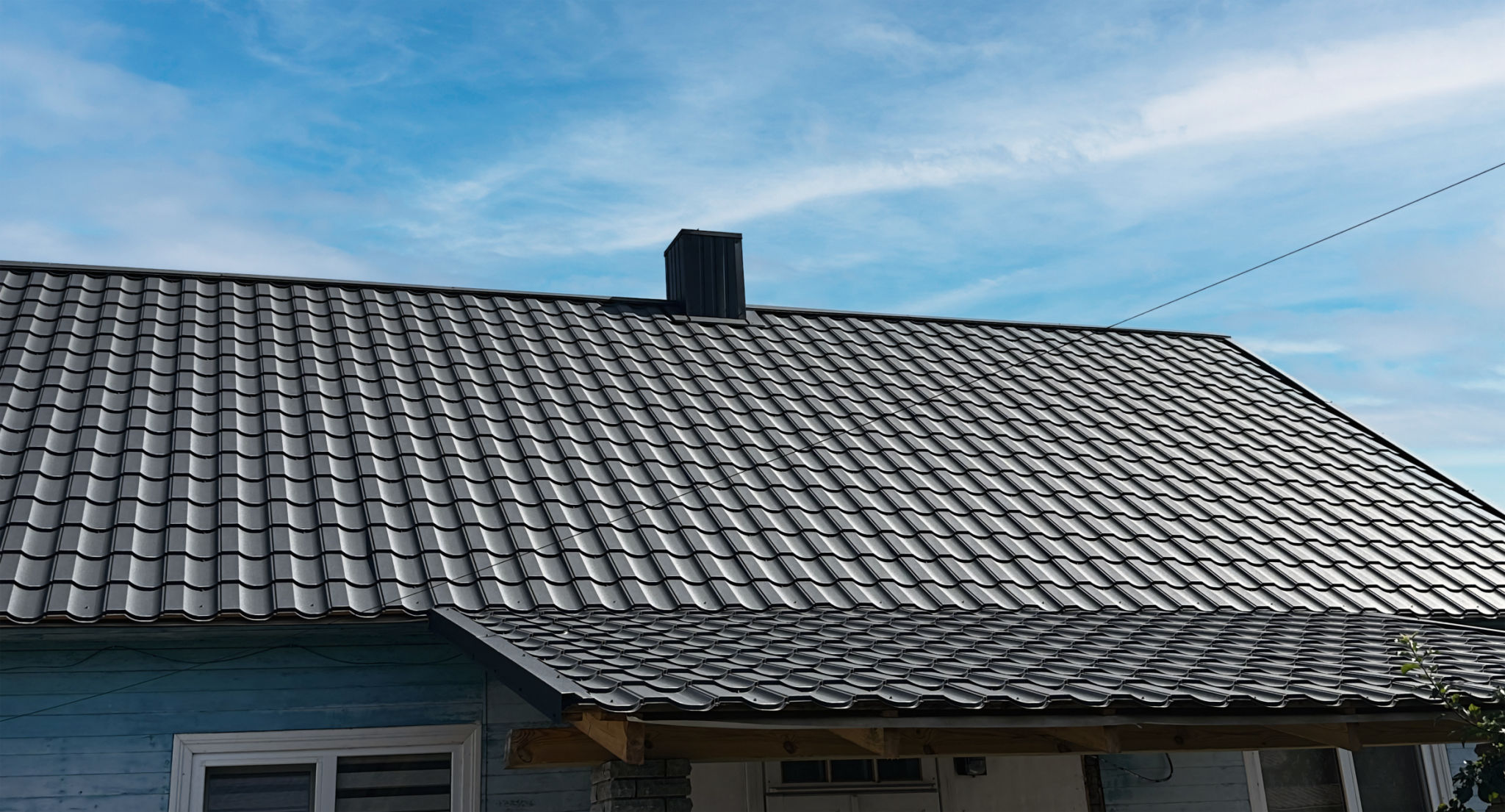Eco-Friendly Roofing Materials: Sustainable Solutions for Modern Homes
As the world shifts towards more sustainable living, the demand for eco-friendly building materials is on the rise. One area where homeowners can make a significant impact is roofing. Choosing the right roofing material not only contributes to environmental conservation but also enhances energy efficiency and reduces long-term costs. In this post, we explore some of the most popular eco-friendly roofing materials available today.
Recycled Shingles
Recycled shingles are an excellent choice for environmentally conscious homeowners. Made from a blend of waste materials such as rubber, plastic, or wood fiber, these shingles offer a durable roofing solution while preventing additional waste in landfills. They often mimic the appearance of traditional asphalt shingles, providing both aesthetic appeal and sustainability.

Beyond their eco-friendly composition, recycled shingles are known for their longevity and resilience against harsh weather conditions. Homeowners who opt for recycled shingles can rest easy knowing they are making a positive environmental impact without sacrificing quality or style.
Metal Roofing
Metal roofing is another sustainable option that has gained popularity in recent years. Typically made from aluminum, steel, or copper, metal roofs are highly durable and often contain a significant percentage of recycled content. Furthermore, metal roofs are 100% recyclable at the end of their life cycle.
A key advantage of metal roofing is its ability to reflect solar radiant heat, which can significantly reduce cooling costs in warmer climates. Additionally, metal roofs are fire-resistant and can withstand extreme weather conditions, making them a smart investment for any home.

Clay and Concrete Tiles
Clay and concrete tiles have been used for centuries and continue to be a popular eco-friendly roofing choice. These materials are made from natural resources and offer exceptional durability. Clay and concrete tiles are known for their thermal mass, meaning they can absorb and store heat energy, which helps regulate indoor temperatures.
While clay and concrete tiles can be more expensive upfront compared to other materials, their longevity and minimal maintenance requirements often result in cost savings over time. Moreover, they provide a distinctive architectural look that enhances curb appeal.

Living Roofs
Living roofs, also known as green roofs, are an innovative and visually striking eco-friendly roofing option. These roofs are covered with vegetation and soil, creating a natural insulation layer that helps regulate building temperatures and reduces energy consumption.
In addition to energy savings, living roofs offer numerous environmental benefits, such as improving air quality, reducing stormwater runoff, and providing habitats for local wildlife. They also promote biodiversity and can transform urban spaces into lush, green environments.
Cool Roofs
Cool roofs are designed to reflect more sunlight and absorb less heat compared to standard roofing materials. By using reflective paint, sheet coverings, or highly reflective tiles or shingles, cool roofs help maintain lower temperatures inside the building and reduce energy use for air conditioning.

This type of roofing is particularly beneficial in hot climates where cooling costs can be a significant part of household expenses. Besides energy savings, cool roofs contribute to mitigating the urban heat island effect, offering a broader environmental benefit to densely populated areas.
The Future of Eco-Friendly Roofing
The shift towards sustainable living is more than just a trend; it's an essential step in preserving our planet for future generations. As technology advances and new materials emerge, the options for eco-friendly roofing will continue to expand, offering even more ways to reduce our environmental footprint.
By investing in eco-friendly roofing materials today, homeowners not only contribute to a healthier environment but also enjoy the benefits of energy efficiency, durability, and aesthetic appeal. Whether it's recycled shingles or living roofs, sustainable solutions are paving the way for modern homes that harmonize with nature.